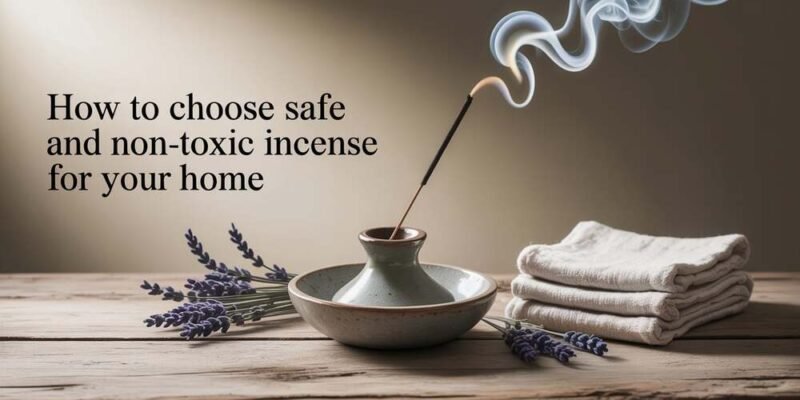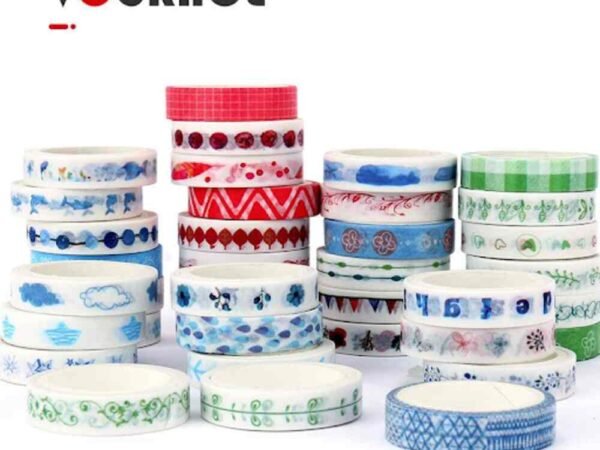Incense has long been cherished for its ability to foster tranquility, support spiritual practice, and refresh indoor spaces with appealing aromas. However, not all incense is created equal. While high-quality, natural sticks can promote calm and relaxation, products laced with synthetic chemicals or other “fillers” may pose health risks when burned. Understanding how to spot-safe incense ensures a healthier environment and allows you to fully embrace the benefits of soothing, aromatic smoke.
Why Non-Toxic Incense Matters
When incense is lit, it releases smoke containing airborne particles that permeate the surrounding air. If the incense contains harmful materials—such as artificial fragrances, heavy metals, or chemical binders—these can become part of what you inhale. Over time, exposure may contribute to headaches, allergies, or respiratory irritation. By contrast, non-toxic incense relies on resins, herbs, and essential oils that burn more cleanly, lowering the potential for adverse effects. A simple shift to higher-quality products helps cultivate a serene atmosphere without compromising anyone’s well-being.
Identifying Harmful Fillers
Particular incense on the market may include additives that enhance color, produce artificial scent, or stabilize ingredients. Common examples of potentially concerning fillers include:
- Synthetic Fragrance Oils: Often labeled as “fragrance” or “parfum,” these mixes can contain phthalates or other chemicals that may irritate sensitive airways.
- Chemical Binders: Some binders, used to hold incense sticks together, release toxic fumes when burned at high temperatures.
- Heavy Metal Compounds: In rare cases, dyes or colorants may contain trace metals that become airborne in smoke.
For more information on how certain chemicals can impact indoor air quality, the American Lung Association provides helpful resources and guidelines.
Understanding “All-Natural” and “Organic” Claims
Terms like “all-natural” or “organic” can be valuable indicators when searching for cleaner incense. However, regulations around these labels vary significantly, meaning they do not always guarantee purity. Some brands might adopt the terminology as a marketing tactic rather than a genuine commitment to eco-friendly or chemical-free production. Shoppers who wish to verify these claims can look for:
- Certifications: Reputable third-party organizations sometimes certify products as truly organic or free of specific chemicals.
- Transparent Ingredient Lists: Companies that disclose the full range of materials used, such as exact plant extracts or resin types, tend to be more trustworthy than those withholding details.
How to Identify Safe Incense
A few key indicators can reveal whether an incense product meets high health and quality standards:
- Plant-Based Fragrances: Choose scents rooted in nature, like sandalwood, frankincense, myrrh, or lavender, instead of generic “perfume” blends.
- No Artificial Coloring: Dye-free sticks are less likely to contain heavy metals or questionable colorants.
- Minimal Packaging Odor: Packaging that gives off a chemical smell could signal low-quality, heavily treated incense.
- Ethical Sourcing and Fair Trade: A responsible supply chain supports local communities and preserves ecological balance.
The Seraphim Incense Difference
Those seeking peace of mind often look for brands built on transparency and natural ingredients. Seraphim, a new and noteworthy brand from the Holy Land, exemplifies this approach. They use ethically sourced, plant-based materials—partnering with fair-trade suppliers to support local communities—to craft sticks and resins free from harsh chemicals.
The brand partners with fair-trade suppliers, ensuring the local communities harvesting raw materials receive proper support. By adhering to natural, high-quality standards, Seraphim Incense offers a cleaner burn that aligns with the well-being of people and the planet.
Practical Steps for a Healthier Burning Experience
Selecting safe incense is only half the journey. A few additional measures can improve overall air quality while maximizing comfort:
- Ventilate the Room: Cracking open a window or using a gentle fan keeps air circulating and helps disperse any lingering smoke.
- Burn with Moderation: If the fragrance grows too intense or smoke accumulates, extinguish the incense early to maintain a balanced atmosphere.
- Use a Sturdy Holder: Place sticks in a heatproof incense burner to prevent ash or ember from contacting flammable surfaces.
- Store Properly: Keep products in a cool, dry place away from direct sunlight to preserve their natural aroma.
- Check for Sensitivities: Even natural incense may bother individuals with allergies. Should irritation occur, opt for milder scents or limit burn time.
Conclusion
Switching to safe, non-toxic incense is a straightforward yet meaningful way to protect indoor air quality and personal comfort. Anyone can find high-quality incense that truly supports relaxation by focusing on natural ingredients, avoiding questionable fillers, and verifying claims around “all-natural” or “organic” labeling. Brands like Seraphim Incense, known for transparency and ethically sourced materials, provide an excellent starting point for exploring cleaner fragrance solutions. Embracing these safer products and mindful burning practices creates an environment where the gentle swirl of aromatic smoke can be fully savored, free from unnecessary worries or health concerns.
Do Read: How Much Does CaseOh Weigh? Full Breakdown and Analysis













